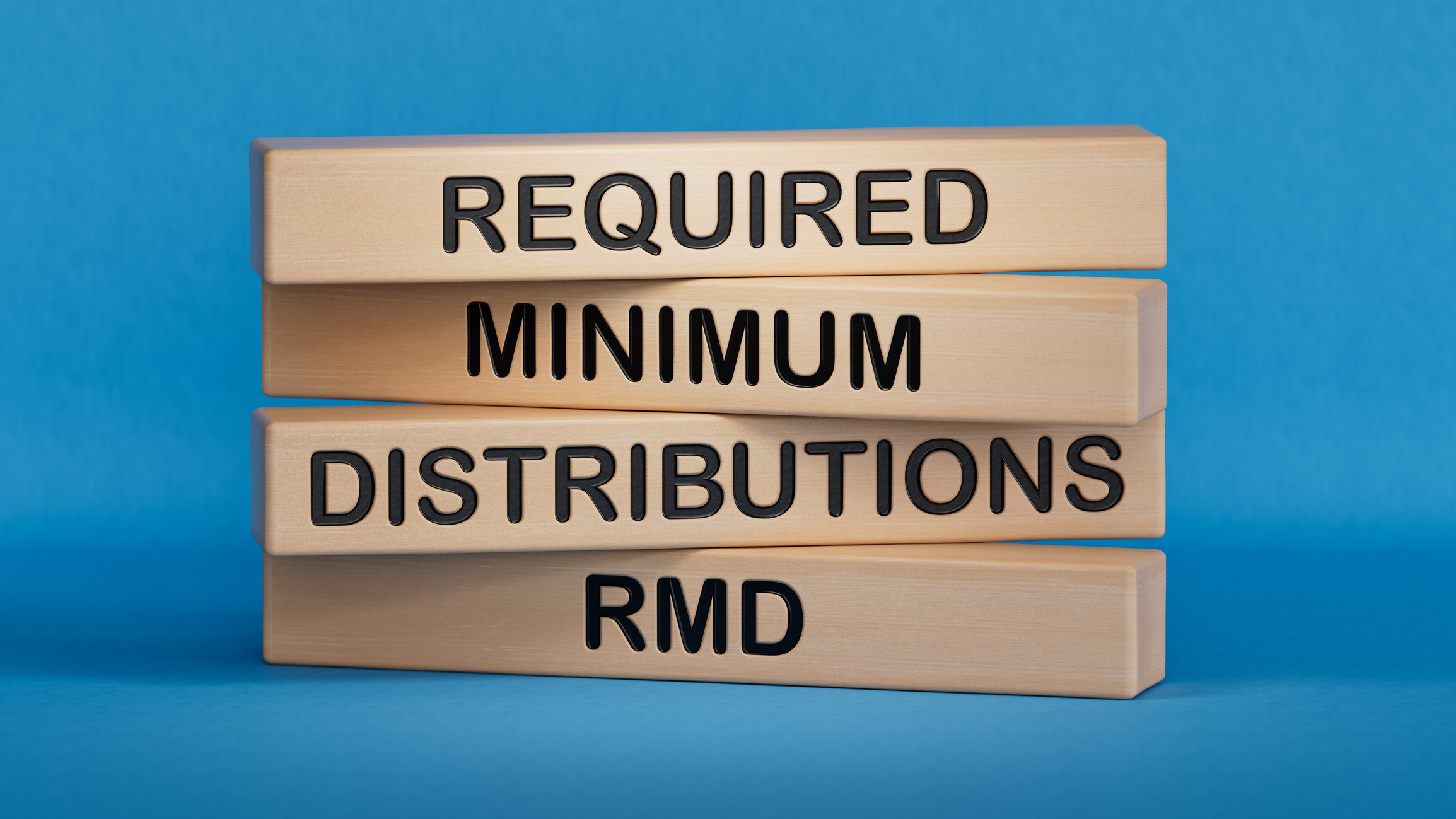Unlock the secrets to confidently navigating your retirement years by understanding how Required Minimum Distributions (RMDs) impact your savings and financial future.
Demystifying Required Minimum Distributions: What You Need to Know
Required Minimum Distributions, or RMDs, are mandatory withdrawals that individuals must take from their retirement accounts once they reach a certain age. These distributions apply to traditional IRAs, 401(k)s, 403(b)s, and other similar retirement accounts. The goal of RMDs is to ensure that individuals do not defer taxes on their retirement savings indefinitely.
RMDs are calculated based on the account balance at the end of the previous year and the account holder's life expectancy. The IRS provides tables to help determine the correct amount that needs to be withdrawn each year.
When and Why RMDs Begin: Key Milestones in Retirement Planning
RMDs typically begin when an individual reaches the age of 72. If you turned 70 ½ before January 1, 2020, you were required to start taking RMDs at 70 ½. The SECURE Act of 2019 changed this age threshold to 72, providing more time for retirement savings to grow tax-deferred.
The primary reason RMDs exist is to ensure that the government can collect taxes on retirement savings. These distributions are considered taxable income, which means they can affect your tax bracket and overall tax liability.
How RMDs Affect Your Retirement Accounts and Taxes
RMDs can have a significant impact on your retirement accounts and taxes. Since these distributions are mandatory, failing to take them can result in hefty penalties—up to 50% of the amount that should have been withdrawn.
Additionally, since RMDs are treated as taxable income, they can push you into a higher tax bracket, affecting your overall tax strategy. It is essential to plan for these distributions to minimize their impact on your tax liability and ensure you remain compliant with IRS regulations.
Strategies to Minimize the Impact of RMDs on Your Wealth
There are several strategies to minimize the impact of RMDs on your wealth. One approach is to consider a Roth IRA conversion, which involves converting a traditional IRA to a Roth IRA. Roth IRAs do not have RMDs, allowing your investments to grow tax-free for a more extended period.
Another strategy is to manage your withdrawals strategically. By taking distributions earlier or spreading them out over multiple years, you can potentially reduce the overall tax burden. Charitable contributions directly from your IRA can also help lower your taxable income while fulfilling philanthropic goals.
Common Mistakes to Avoid with Required Minimum Distributions
One common mistake is failing to take your RMDs on time. This oversight can result in significant penalties. Another mistake is not considering the tax implications of your RMDs, which can lead to unexpected tax liabilities and financial strain.
Additionally, not coordinating your RMD strategy with your overall retirement plan can result in inefficient withdrawals and potential financial losses. Working with a financial advisor can help you navigate these complexities and ensure you maximize your retirement savings while remaining compliant with IRS rules.




